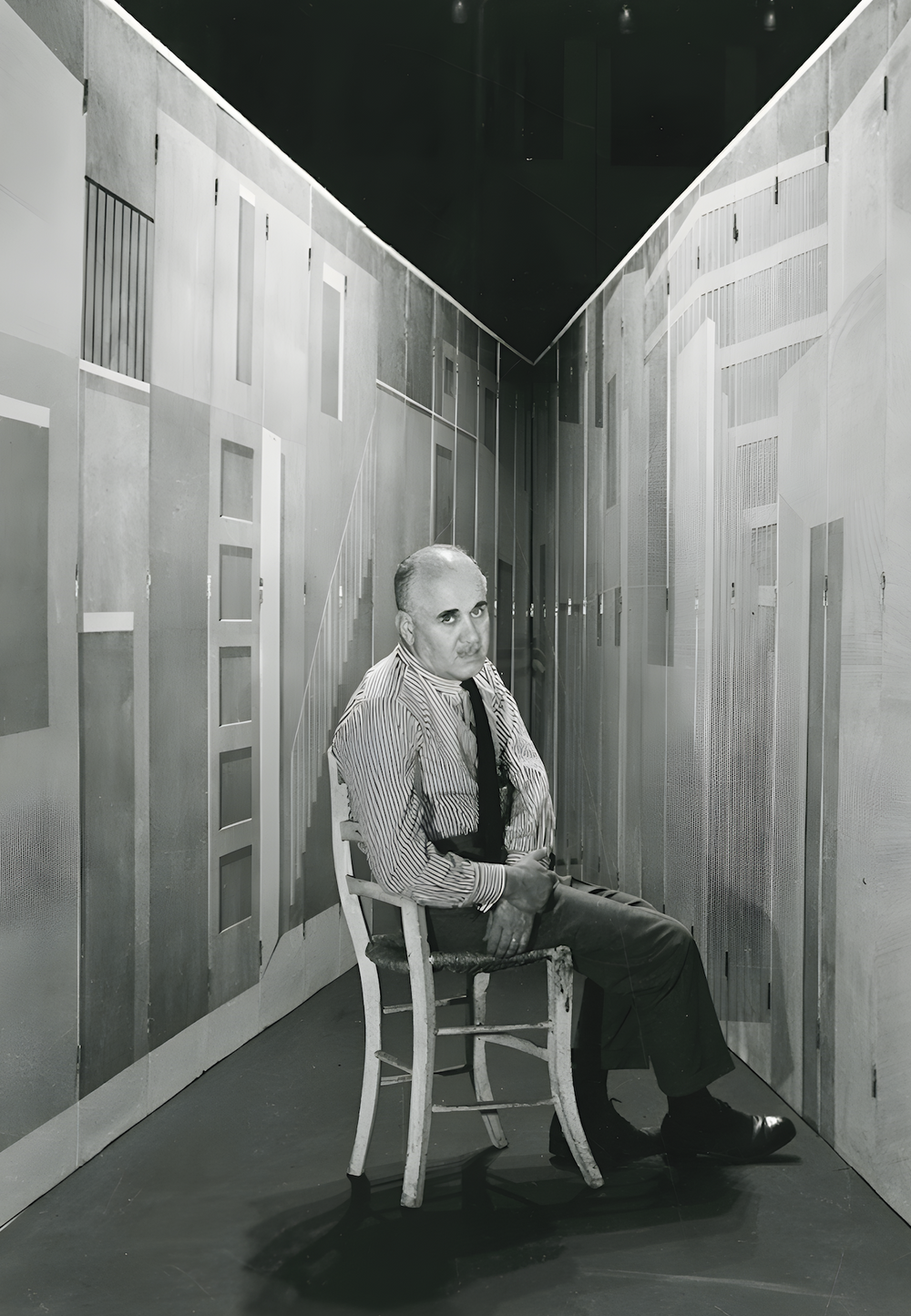Given the importance Piero attached to anatomical design, the image of the hand recurs frequently in Fornasetti's decorative production: here it embellishes this hand-decorated, rectangular-shaped porcelain ashtray.
Any minor discrepancies between similar creations are the result of craftsmanship and attest to the uniqueness of each product.
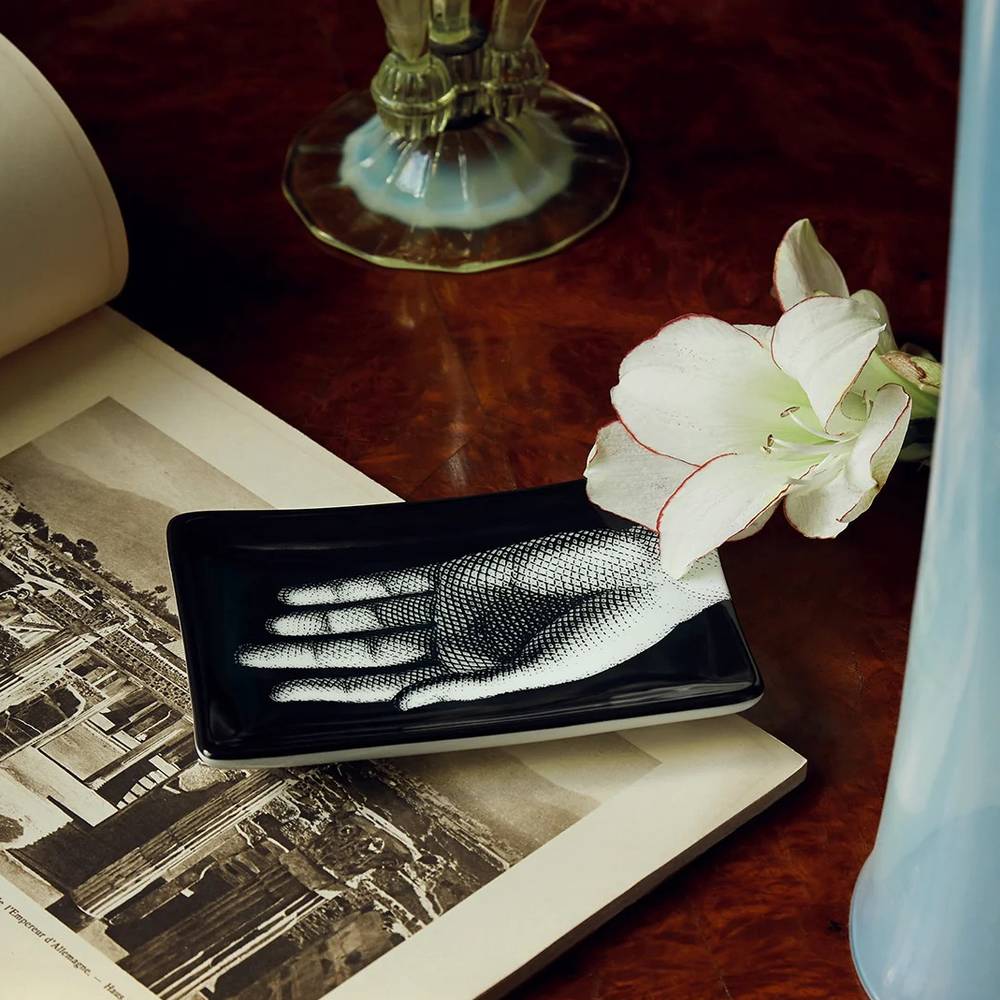
Fornasetti was founded in the vibrant Milan of the post-war period as a creative mirror of its founder Piero Fornasetti, a multi-faceted artist whose relentless creative flair earned him a place among the most prolific Italian figures of the twentieth century.
Precious porcelain, sophisticated pieces of furniture and furnishing accessories have always formed the heart of the Atelier's irrepressible creative variety, which spans art and design: conversation pieces, visions to contemplate, but at the same time objects to be used. This is Fornasetti's great insight, his so-called "practical madness": to put beauty and creativity at the service of utility.
The production process has always been one of Fornasetti's distinguishing features. All objects are made in Italy, strictly by hand, upholding a tradition of expert craftsmanship that makes each piece a true multiple of art.
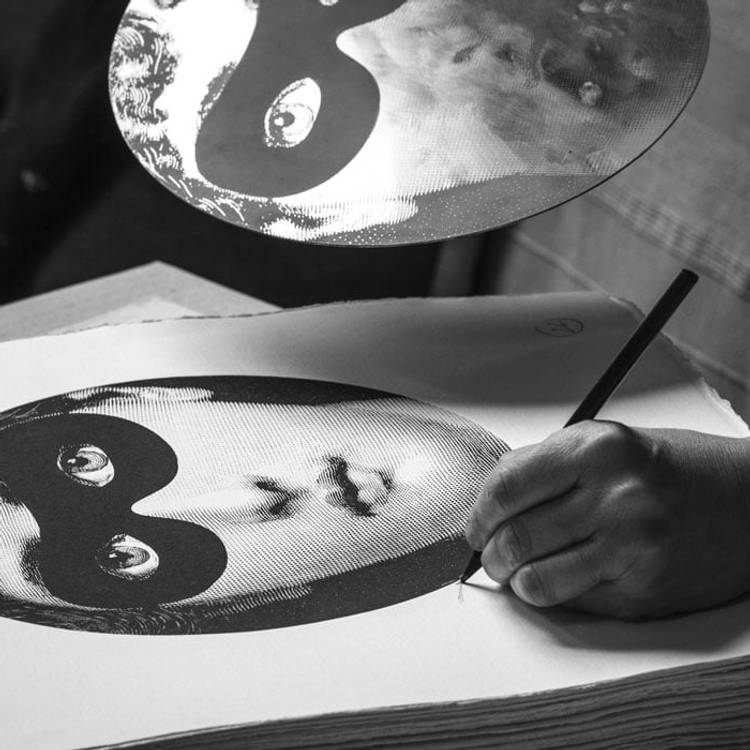
Led with a pioneering and unconventional spirit by Barnaba Fornasetti, custodian of his father Piero's legacy, the Fornasetti Atelier now complements its design activity with an ample and diverse output of cultural initiatives. This endeavour is a fundamental part of the Atelier's identity, its corporate and human values and its social and cultural impact on the contemporary scene.
"I do not believe in eras or times. I do not. I refuse to establish the value of things based on time. I do not set boundaries and nothing is too esoteric to inspire me, I want to free my aspirations beyond the limits of the ordinary.”
-Piero Fornasetti-
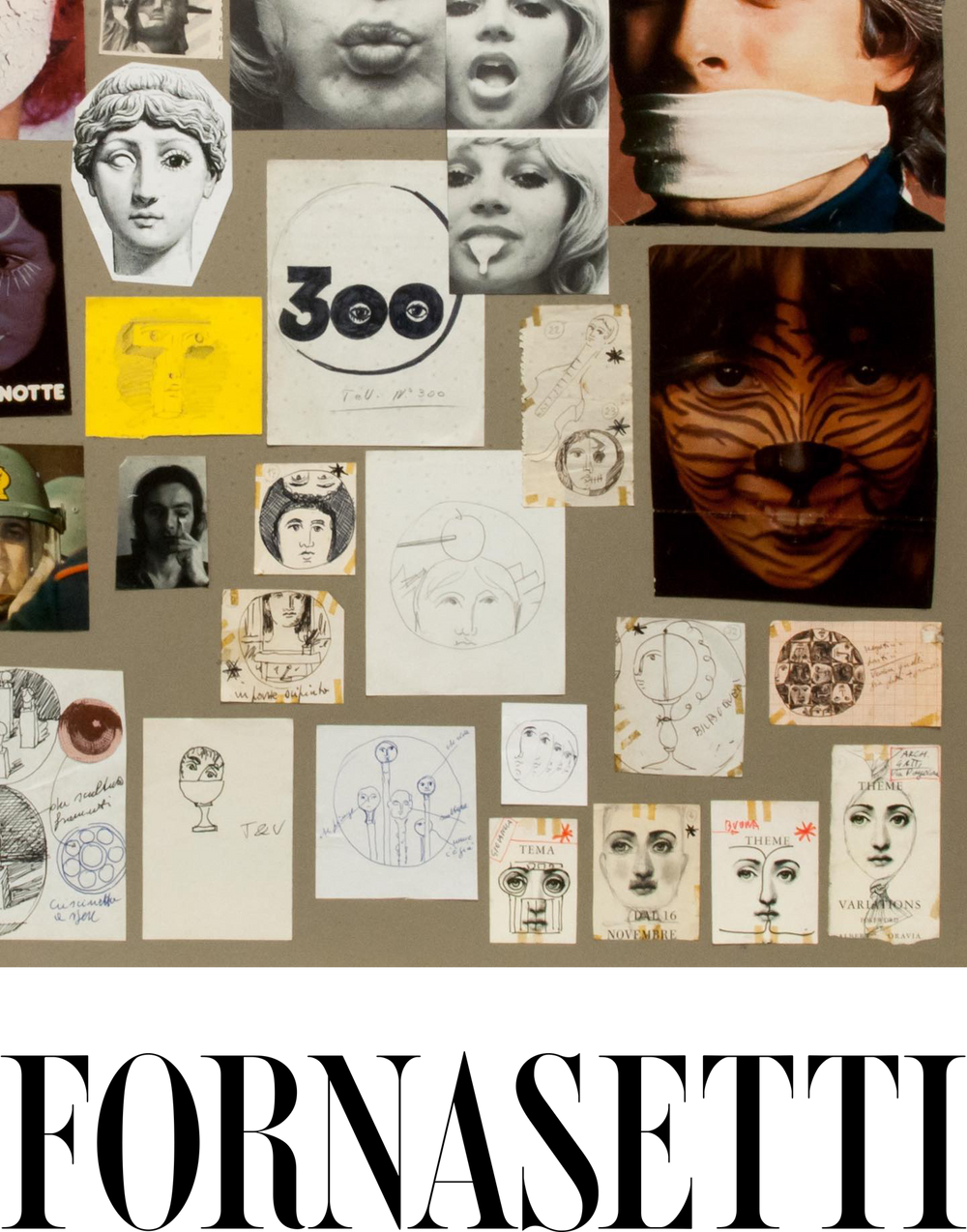
Piero Fornasetti was born into a prosperous middle-class family in Milan, where he was expected to take over the family's business as the eldest son. However, by the age of ten, he was already showing remarkable talent as an artist, creating intricate works that included landscapes, portraits, architectural designs, and even hot air balloons.
Despite his deep thirst for knowledge, Fornasetti’s rebellious nature made it difficult for him to adhere to school rules. In 1932, he enrolled in the Accademia di Brera, only to be expelled two years later for insubordination. He then joined the Scuola Superiore of Arts Applied to Industry at Castello Sforzesco.
By the early 1930s, Fornasetti had begun studying engraving and printing techniques, eventually founding the Fornasetti Art Printshop. His expertise caught the attention of prominent artists of the time, leading him to create artist books and lithographs for clients like Giorgio de Chirico, Carlo Bo, Fabrizio Clerici, and Lucio Fontana.
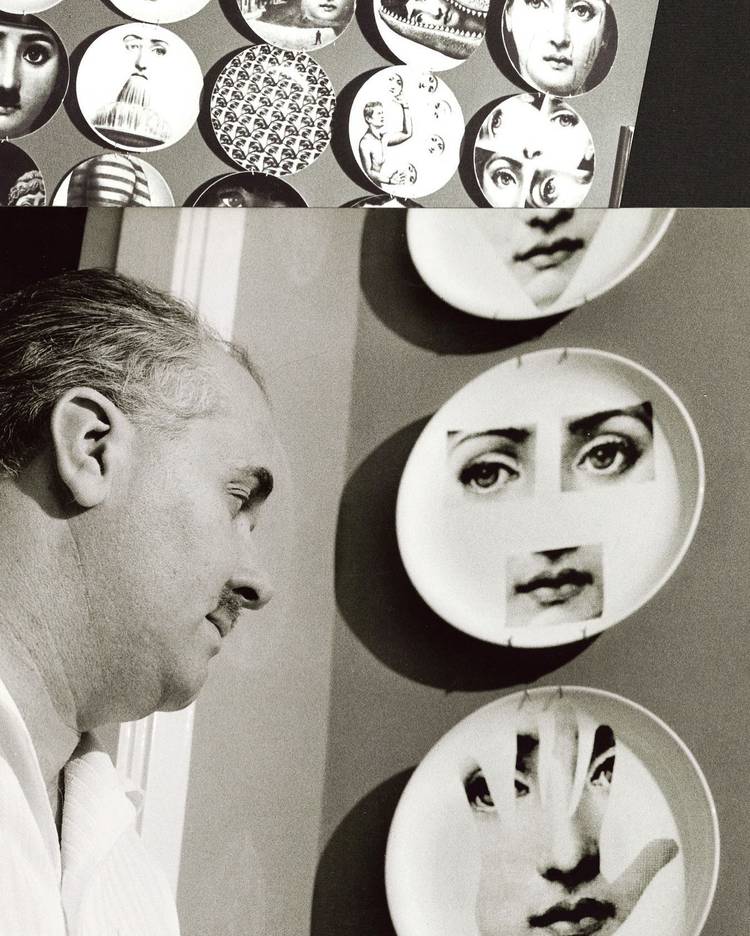
Throughout his career, Fornasetti produced over 13,000 works, making him one of the most prolific artists of the twentieth century. His creations spanned a wide range of objects, from tables and paintings to lamps, waistcoats, umbrella stands, and ceramic plates. Italian culture and history heavily influenced his work, with neoclassical themes and architectural motifs frequently appearing in his pieces. Artists like Giotto, Piero della Francesca, Renaissance frescoes, and Pompeian art were key influences.
In 1940, Fornasetti met Gio Ponti while publishing his work in Domus, a magazine edited by Ponti. This encounter led to collaborations on almanacs until 1942, and after World War II, they worked together on significant interior design projects for homes, ship cabins, and cinemas.
Fornasetti also ventured into stage design, creating sets for Albert Camus's Caligula, directed by Giorgio Strehler in 1945. This experience influenced much of his later work, adding a sense of theatricality and playfulness. One of his most famous series, Tema e Variazioni, was inspired by a magazine image of the opera singer Lina Cavalieri, whose face Fornasetti reimagined in hundreds of variations over his career, with estimates of 400 to 500 pieces in the series.
During the 1970s, Fornasetti managed a gallery, where he developed his artistic practice further, exhibiting both his own works and those of his contemporaries.
